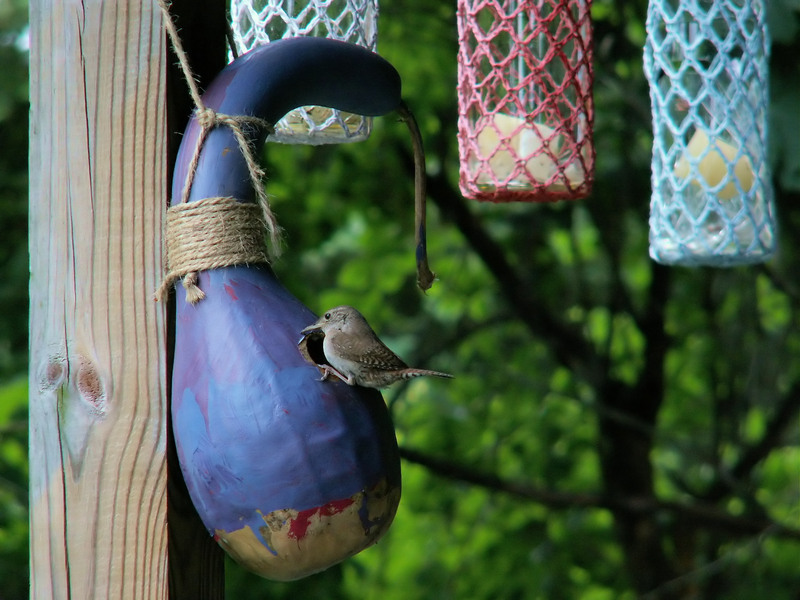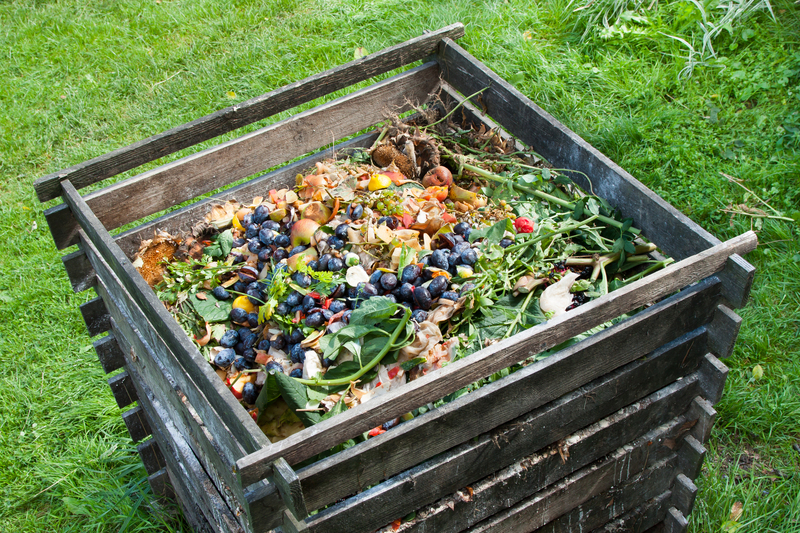Posted on 30/08/2025
Green Practices for School Projects
In today's world, the emphasis on sustainability and green practices has reached a critical point. Educational institutions play a crucial role in fostering the next generation of environmentally conscious citizens. Integrating green practices into school projects not only enriches learning experiences but also instills a lifelong commitment to environmental stewardship. This article will discuss various green practices for school projects, their benefits, and how teachers and students can implement them successfully.
Understanding Green Practices
Green practices, often referred to as sustainable practices, aim to minimize the negative impact on the environment while promoting conservation of resources. In the context of school projects, adopting green practices involves using eco-friendly materials, reducing waste, conserving energy, and educating students about environmental issues.

Eco-Friendly Materials
One of the easiest ways to make school projects green is by using eco-friendly materials. These materials are either biodegradable, recyclable, or made from recycled content. Here are some suggestions:
- Recycled Paper: Instead of using new paper, opt for recycled paper products, which have a lower carbon footprint.
- Reusable Supplies: Encourage the use of materials that can be reused such as glass jars, fabric scraps, and metal containers.
- Natural Fibers: Use natural fibers like cotton, jute, and hemp instead of synthetic materials which are harmful to the environment.
- Non-Toxic Supplies: Avoid toxic glues, paints, and other supplies. Look for non-toxic, water-based alternatives.
Waste Reduction and Recycling
Reducing waste is a key component of green practices. Implementing a recycling program in the classroom can teach students the importance of waste management. Here are some strategies:
- Segregate Waste: Set up separate bins for paper, plastic, glass, and organic waste.
- Reuse Materials: Before discarding, think of creative ways to reuse materials in new projects.
- Composting: Utilize a compost bin for organic waste such as food scraps and garden waste. This can later be used to enrich the soil in school gardens.
Energy Conservation
Teaching students about energy conservation is integral to any green initiative. Implement simple practices within the classroom to save energy:
- Natural Lighting: Use natural light whenever possible to reduce the usage of artificial lighting.
- Energy-Efficient Appliances: Use energy-efficient devices and encourage turning off equipment when not in use.
- Renewable Energy: Where feasible, demonstrate the use of renewable energy sources like solar panels to power classroom gadgets.
Environmental Education
Education is key when it comes to green practices. Incorporate environmental topics into the curriculum to raise awareness among students:
- Project-Based Learning: Assign projects that focus on current environmental challenges and solutions.
- Guest Speakers: Invite environmental experts to speak about sustainability and conservation.
- Field Trips: Organize visits to local recycling centers, nature reserves, and sustainable farms.
Pros and Cons of Green Practices in School Projects
While integrating green practices into school projects is beneficial, it is not without challenges. Here's a look at the pros and cons:
Pros
- Promotes Environmental Responsibility: Students learn the importance of protecting the environment.
- Reduces Waste: Encourages mindful consumption and waste reduction.
- Enhances Creativity: Using eco-friendly materials can spark innovative thinking and creativity.
- Cost-Effective: Reusing materials and conserving energy can reduce overall project costs.
Cons
- Accessibility: Some eco-friendly materials may be harder to source or more expensive.
- Time-Consuming: Implementing green practices might require extra time and effort.
- Limited Resources: Not all schools may have the necessary resources or infrastructure to fully integrate green practices.
Tips for Implementing Green Practices
To successfully integrate green practices into school projects, consider these tips:
- Start Small: Begin with manageable changes and gradually expand.
- Collaborate: Work with other teachers, students, and parents to share ideas and resources.
- Incorporate Technology: Use digital tools to reduce paper usage and track progress.
- Celebrate Successes: Recognize and reward students' efforts in adopting green practices.

Takeaways
Incorporating green practices in school projects is a valuable way to educate students about sustainability and environmental responsibility. It encourages creativity, resourcefulness, and a proactive approach to solving environmental problems.
Conclusion
Integrating green practices into school projects is not just a trend but a necessity for creating a sustainable future. By using eco-friendly materials, reducing waste, conserving energy, and emphasizing environmental education, schools can play a pivotal role in shaping environmentally conscious individuals. Despite the challenges, the benefits far outweigh the downsides, making it a worthy endeavor for every educational institution.
Latest Posts
Tips for Proper Disposal of Regular Waste
Garbage Cleanup Bags - Efficient Skip Substitute

































 Get a Quote
Get a Quote